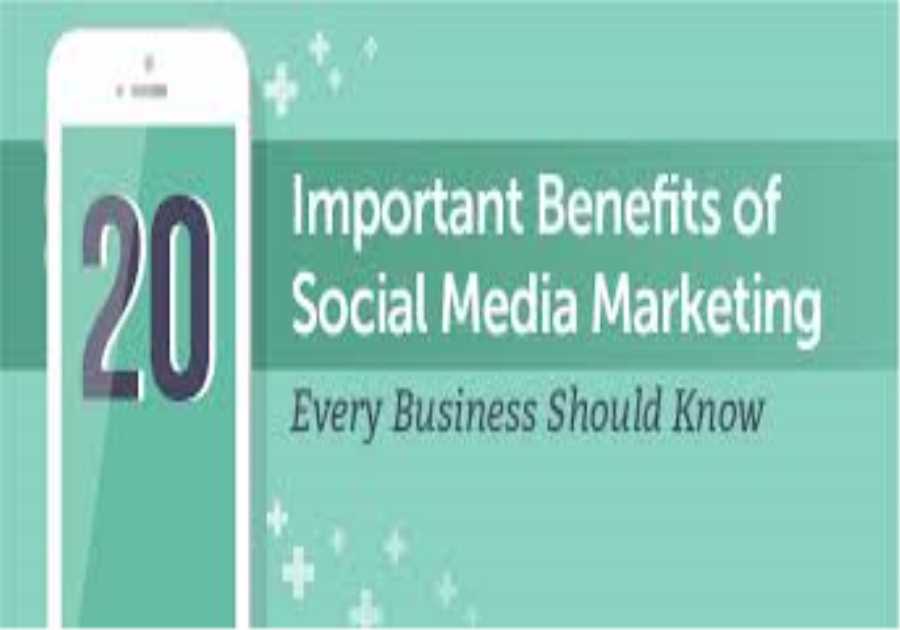
Content marketing has become a cornerstone of successful digital marketing strategies. But what exactly is content marketing, and why is it so important in today’s digital landscape? Let’s dive in and explore the potential of content marketing to boost engagement, build trust, and drive conversions effectively.
Understanding Content Marketing
Content marketing involves creating and distributing valuable, relevant, and consistent content to attract and retain a clearly defined audience. The goal is to drive profitable customer action by providing meaningful information that addresses the needs and interests of the audience.
The Evolution of Content Marketing
Content marketing has evolved from traditional advertising methods to a more sophisticated approach that focuses on building relationships with consumers. Today, it encompasses various formats, including blog posts, videos, infographics, and more, each designed to engage audiences in different ways.
Benefits of Content Marketing
Boosting Engagement
One of the primary benefits of content marketing is its ability to boost engagement. By providing content that resonates with your audience, you can encourage more interactions, shares, and comments, fostering a sense of community and loyalty.
Building Trust with Your Audience
Trust is a crucial component of any successful marketing strategy. Content marketing allows you to build trust by consistently delivering valuable information, demonstrating your expertise, and addressing your audience’s pain points. Over time, this builds credibility and encourages long-term customer relationships.
Driving Conversions
Effective content marketing doesn’t just engage and build trust; it also drives conversions. By guiding your audience through the buyer’s journey with targeted content, you can convert prospects into customers and customers into repeat buyers.
Types of Content Marketing
Blog Posts
Blogs are a staple of content marketing. They provide a platform to share in-depth information, tips, and insights on various topics relevant to your audience. Regularly updated blogs can also improve your website’s SEO and drive organic traffic.
Videos
Video content is incredibly engaging and can convey complex information in an easily digestible format. From tutorials and product demos to customer testimonials and behind-the-scenes looks, videos can capture attention and drive engagement.
Infographics
Infographics combine visuals with data to tell a story or explain a concept. They’re highly shareable and can simplify complex information, making it more accessible to your audience.
Social Media Content
Social media platforms are perfect for sharing content and interacting with your audience in real-time. Whether it’s a tweet, a Facebook post, or an Instagram story, social media content can drive engagement and expand your reach.
E-books and Whitepapers
E-books and whitepapers offer in-depth information on specific topics. They’re excellent for generating leads, as users often provide their contact information in exchange for these valuable resources.
Creating an Effective Content Marketing Strategy
Setting Clear Goals
Before diving into content creation, it’s essential to set clear, measurable goals. Whether you aim to increase website traffic, generate leads, or boost brand awareness, having defined objectives will guide your strategy and help you measure success.
Identifying Your Target Audience
Understanding your audience is crucial for creating content that resonates. Identify your target audience’s demographics, interests, and pain points to tailor your content to their needs and preferences.
Content Planning and Scheduling
A well-organized content calendar helps ensure consistent content creation and distribution. Plan your content around key dates, events, and themes relevant to your audience, and schedule regular updates to maintain engagement.
Content Creation Tips
Writing Compelling Headlines
Your headline is the first thing readers see, so make it count. Craft headlines that are intriguing, clear, and promise value to entice readers to click and read more.
Crafting High-Quality Content
High-quality content is informative, well-researched, and engaging. Focus on providing value, using a conversational tone, and breaking up text with headings, bullet points, and visuals to enhance readability.
Using Visuals Effectively
Visuals can significantly enhance your content by making it more engaging and easier to understand. Use images, videos, infographics, and charts to complement your written content and keep readers interested.
SEO and Content Marketing
Importance of SEO in Content Marketing
SEO (Search Engine Optimization) is vital for ensuring your content reaches a broader audience. By optimizing your content for search engines, you can improve its visibility and drive more organic traffic to your site.
On-Page SEO Techniques
On-page SEO involves optimizing individual pages on your website. This includes using relevant keywords, creating meta descriptions, optimizing images, and ensuring your content is easy to read and navigate.
Off-Page SEO Strategies
Off-page SEO focuses on activities outside your website that impact your search engine rankings. This includes building backlinks, engaging in social media marketing, and collaborating with influencers to expand your reach.
Leveraging Social Media for Content Marketing
Choosing the Right Platforms
Not all social media platforms are created equal. Choose platforms that align with your audience’s preferences and your content style. For instance, Instagram is great for visual content, while LinkedIn is ideal for professional articles and networking.
Engaging with Your Audience
Social media is all about interaction. Respond to comments, engage in conversations, and encourage user-generated content to build a vibrant and engaged community around your brand.
Measuring Social Media Success
Track metrics like engagement rates, shares, and follower growth to gauge the effectiveness of your social media efforts. Use this data to refine your strategy and improve future content.
Email Marketing and Content Marketing Integration
Building an Email List
An email list is a valuable asset for content marketers. Offer incentives like exclusive content, discounts, or free resources to encourage sign-ups and grow your list.
Creating Engaging Newsletters
Newsletters are a great way to keep your audience informed and engaged. Share your latest content, updates, and special offers in a visually appealing and easy-to-read format.
Analyzing Email Campaign Performance
Use email marketing tools to track metrics such as open rates, click-through rates, and conversions. Analyze this data to understand what works and what doesn’t, and adjust your strategy accordingly.
Measuring the Success of Your Content Marketing Efforts
Key Metrics to Track
Track metrics like website traffic, engagement rates, lead generation, and conversion rates to measure your content marketing success. These metrics provide insights into how well your content resonates with your audience and contributes to your goals.
Tools for Measuring Performance
Tools like Google Analytics, social media insights, and email marketing software can help you track and analyze your content marketing performance. Use these tools to gather data and make informed decisions.
Adjusting Your Strategy Based on Data
Content marketing is an ongoing process. Regularly review your performance data and adjust your strategy to ensure continuous improvement and better results.
Common Content Marketing Mistakes to Avoid
Focusing Too Much on Sales
While the ultimate goal is to drive conversions, focusing too much on sales can turn off your audience. Instead, aim to provide value and build relationships through informative and engaging content.
Neglecting SEO
Ignoring SEO can limit your content’s reach. Ensure your content is optimized for search engines to attract organic traffic and improve visibility.
Ignoring Data and Analytics
Data and analytics are crucial for understanding what works and what doesn’t. Regularly review your performance metrics and use this information to refine your strategy and improve your content.
Future Trends in Content Marketing
AI is becoming increasingly prevalent in content marketing. From generating ideas to creating personalized content, AI tools can help streamline your content creation process and enhance efficiency.
Increased Personalization
Personalization is key to engaging your audience. Use data to create tailored content that addresses individual preferences and needs, making your audience feel valued and understood.
Interactive Content
Interactive content, such as quizzes, polls, and interactive infographics, is gaining popularity. This type of content engages users in a fun and immersive way, encouraging more interaction and sharing.
Conclusion
Content marketing is a powerful tool for boosting engagement, building trust, and driving conversions. By understanding its potential and implementing effective strategies, you can create meaningful connections with your audience and achieve your marketing goals. Stay adaptable, keep learning, and continue to refine your approach to stay ahead in the ever-evolving digital landscape.
The post Power of Content Marketing: Enhance Engagement, Build Trust, and Boost Conversions appeared first on Social Media Explorer.






